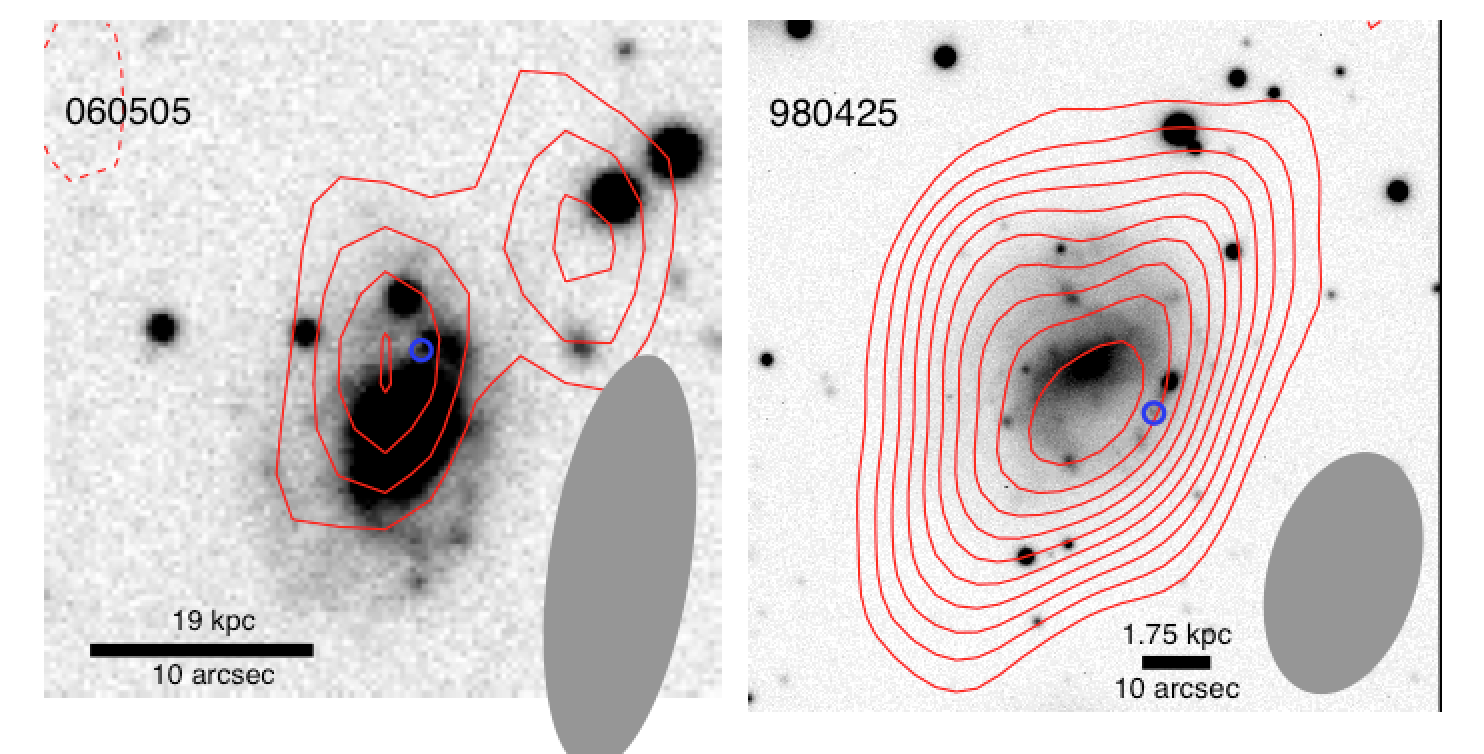| 20th of August 2015 |
|---|

|
| ATCA provides the evidence for star formation fuelled by atomic gas inflowing from the outer space |
| by Michal Michalowski (IfA, Edinburgh) |
| ATCA obtained the first ever detection of atomic hydrogen (HI) 21 cm line from gamma-ray burst (GRB) host galaxies. GRBs are exploding very massive stars, which have very short lives, so GRBs should be found in regions of active star-formation. Star-formation is usually assumed to be fuelled by molecular gas (H2), but recently a few GRB hosts have been shown to be deficient in molecular gas. On the other hand, with our ATCA observations we found significant amounts of atomic gas, which suggests that the connection between atomic gas and star formation is stronger than previously thought. These observations provide the tantalising evidence that star formation is fuelled directly by atomic gas after accreting metal-poor gas from the intergalactic medium. This can happen in low metallicity gas near the beginning of star formation, because cooling of gas (necessary for star formation) is faster than the HI-to-H2 conversion. This provides a natural explanation for a long-known aversion of GRBs to high-metallicity environments. Figure caption: Optical images of two gamma-ray burst host galaxies with the HI line emission shown in red contours. The additional HI line-emitting object to the top-right from the GRB 060505 host galaxy may be the emission of gas inflowing from the intergalactic medium. |